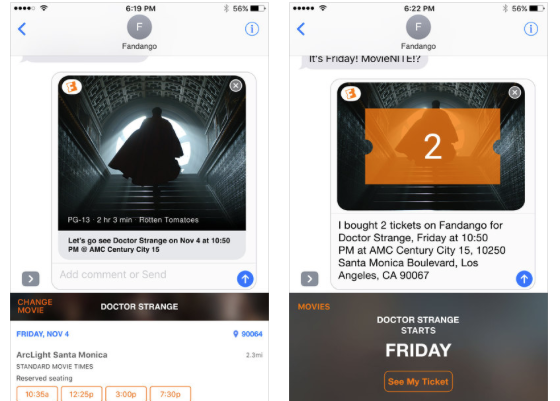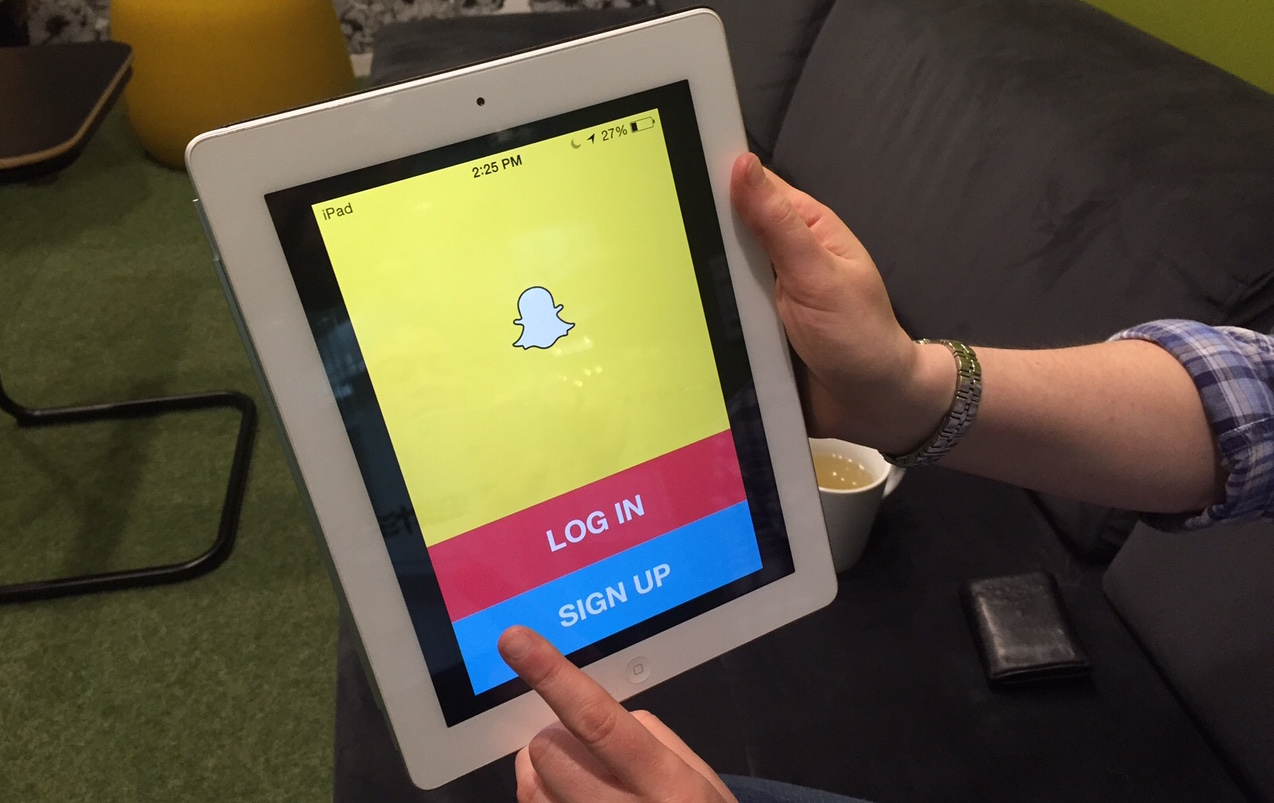What Happened
Apple sets a precedent for sponsored Siri answers today as Siri gains its first official movie tie-in with answers for the Universal Pictures-produced The Secret Life of Pets. To promote the iTunes store release of the movie, Apple collaborated with Universal Pictures to added 15 programmed responses to Siri for the question, “What do my Pets do when I’m not at home?” According to Apple, this move marks the first time “Apple has collaborated on a home entertainment title and the first time Siri has been programmed to interact with an iTunes movie title.”
What Brands Should Do
As voice-activated personal assistant services like Amazon’s Alexa and Google Assistant continue to gain momentum and infiltrate consumer’s daily lives, it is laying the groundwork for an emerging media channel that allows brands to talk to consumers directly, creating a new paradigm for human-computer interaction thanks to its efficiency and convenience. With consumers increasingly familiar with this type of interface, it is only natural that brand advertisers should follow suit. And Apple’s move to open up Siri for movie tie-ins seems to indicate more brand opportunities to come on iOS.
For more information on how brands can take advantage of the rise of conversational interfaces, please check out the Conversational Interfaces section in our Outlook 2016.
Source: 9to5Mac






